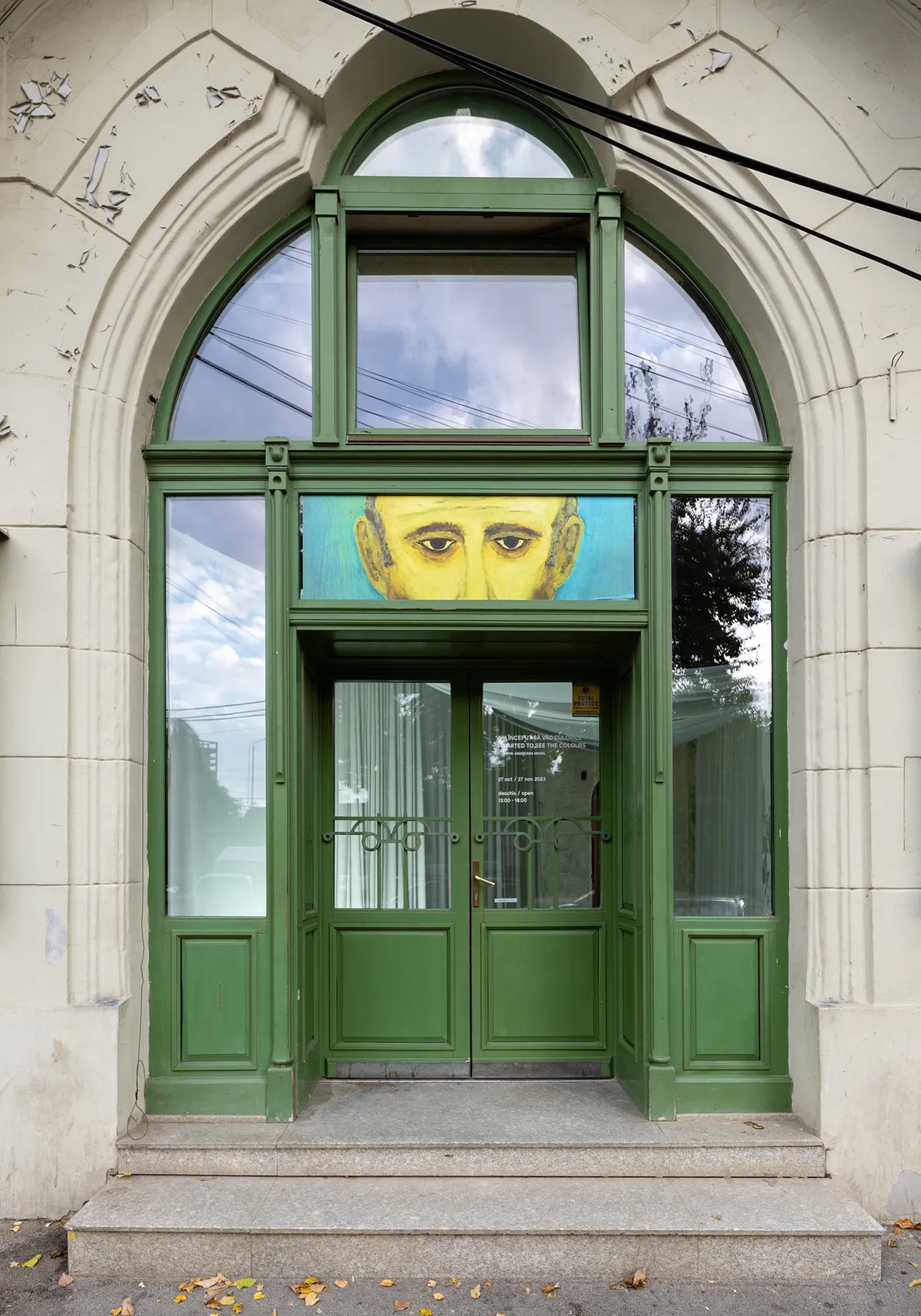
1/9

2/9

3/9

4/9

5/9

6/9

7/9

8/9

9/9

Author(s) / Team representatives
Stefan PAVALUTA
Profession
Arhitect
Collective/office
Vinklu
Co-authors/team members
Simona Giura, Radu Piloca, Ioana Tiran, Alina Pintilie, Claudia Vancea, Otilia Galescu, Cristian Sitov, Alexandra Sitov
External collaborators
Curator: Andreiana Mihail Organizator: Asociatia prin Banat
Project location
Timisoara, jud. Timisoara
Budget in euros
15000
Usable area
230mp
Project start date
oct 2023
Construction completion date
nov 2023
Client
Asociatia Prin Banat
Builder
Adrian Portra&Co
Website
Photo credits
Andrei Infinit



